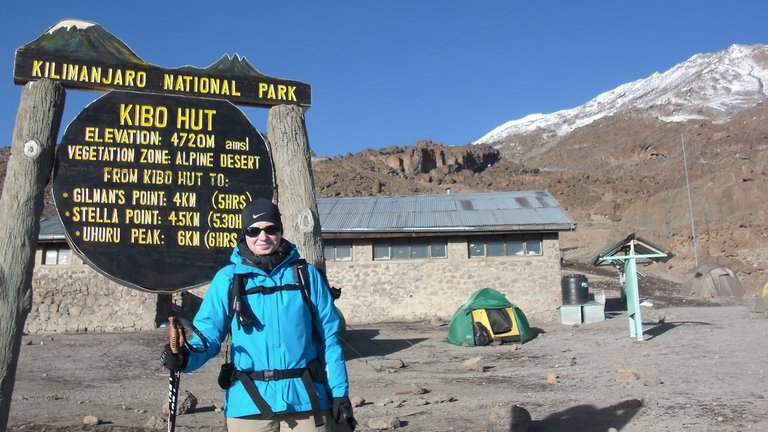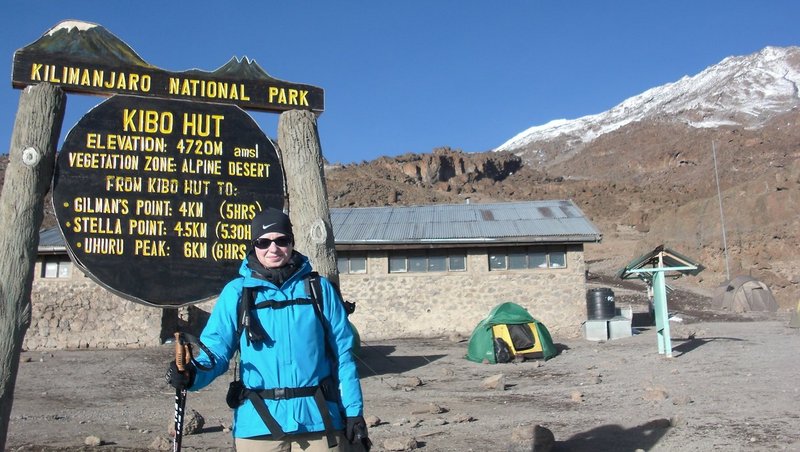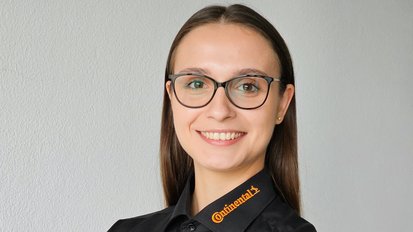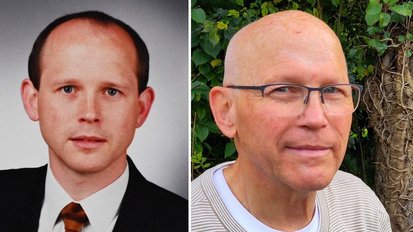#itsoktofail with Antje
Hi everyone,
I failed – and that was the best that could happen to me. It was two years ago, a 6,000 meter giant towered above me. I stood at the foot of Kilimanjaro, in Tanzania. There was no turning back. My goal was right there before my eyes. Monstrous, terrifying and wonderful all at the same time. What was I thinking? To be honest: nothing.
I was sitting on my couch one Saturday night when I got the urge to try something new. Sure, I said to myself – why not? YouTube came to the rescue. I saw hikers climbing the highest mountain in Africa. I saw a beautiful landscape. Unbelievable views. Faces twisted in pain. Bloody heels. Exhausted people. And yet, their faces were beaming as they competed against each other to get to the top. They had all reached their goal.
Those people were happy once reaching the summit. Exhausted, but happy. It just goes to show how much people will endure to reach a goal. Goals are important. Goals show us the way. Reaching goals generates positive feelings. And that’s exactly what I wanted to experience.
But where to start, since I’d never been hiking before? Right – the first thing was to get the right equipment. That didn’t take too long. After two weeks I had hiking boots peeking out from my shoe rack. Comfortable, breathable and waterproof too. Hiking poles and the right clothes were easy to find. Technically speaking, I was well equipped. I still had my goal in mind. However, I was missing one important thing: At the end of the day, I’d never in my life hiked for longer than two hours. What I needed was endurance. That’s what experienced hikers told me. I needed a training plan. No sooner said than done.
Eight months later it was time to go. I was ready. My goal: to conquer the mountain. We marched on, step by step. We left kilometer after kilometer behind. 2,000 meters high: The monkeys in the jungle urged us on with their cries. Everything was bathed in sunlight. 3,000 meters: The moors swallowed up all sound. Fog blocked our view of the peak. 4,000 meters: Boulders littered the path. Every step hurt. 5,000 meters: We reached the snow line. Every meter was torture.
Believe it or not, I couldn’t go any further. With my goal right before my eyes, I turned around with a heavy heart. Exhausted. Disheartened. Disappointed. My water was frozen. I hadn’t eaten for five hours. Loss of appetite is a common phenomenon at over 4,000 meters. I knew that it would still take me eleven hours to cross the last 900 meters. Eleven more hours to reach the peak. Just eleven more hours of torture. Tears ran down my face at minus 10 degrees Celsius. I had overestimated my goal. I was well equipped, I had trained. But ultimately my body showed me who was stronger.
That’s how goals are sometimes. The path to reach them may be full of detours. A good structure is no guarantee. Goals need to be realistic. You have to recognize and respect the unpredictable. If you can’t follow a path any further, find another one. Don’t give up, keep your goals firmly in sight. But I was missing one important thing. I could no longer motivate myself – and there was no one else there to motivate me. In October of 2017, I learned just how much motivation can mean. With a small team of four, I had my next goal in mind: the Mount Everest base camp. After I had digested my disappointment on Kilimanjaro, I realized that people can do much more when they work together.
The effort: fairly similar. The challenge: fairly similar. The result: totally different. Together – despite all of our exhaustion – we reached base camp. The feeling of being up there was unbelievable. Especially because I had already failed before. Sometimes you just have to miss one goal to reach another. And it’s always easier if you don’t have to – or don’t want to – reach it alone. Lots of people have asked me whether I see parallels to my work. Personally, I would say that I definitely do. However, everyone has to find that out for themselves.
This article was written by our employee.

Antje Lewe





